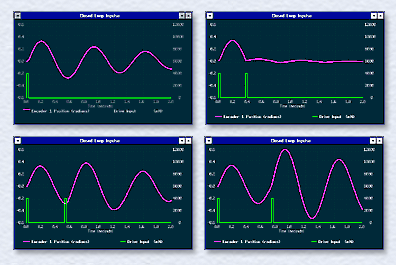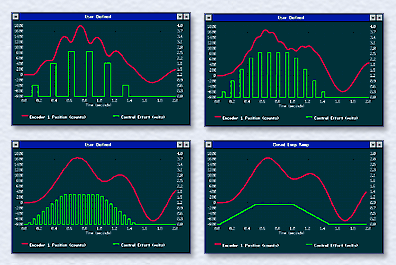This unique ECP experiment demonstrates fundamental properties of linear systems and dramatically illustrates the important principle of convolution. The properties of proportionality and superposition are first established via experimental measurement of system impulse responses. As seen in Figure 1, a lightly damped oscillator is shown to superimpose the response of sequential impulses to constructively and destructively effect the output amplitude and phase. Student exercises calculate the response of the system from initial time t=t0 and superimpose this with the same response displaced by t=t1. The experiment shows the response to the impulse applied at t=t0 and again at t=t1 also yield the calculated result.
The proportionality and superposition properties above form the basis for the experimental demonstration of convolution and response to an arbitrary input. This experiment shows that an arbitrary continuous input function may be approximated by a series of discrete input impulses or steps. As the resolution of the series becomes fine, the output approaches that from the continuous input. Thus the experiment parallels the classical theoretical development of the convolution integral which is also included in the manual. Test results, shown in Figure 2, dramatically illustrate the convergence of the impulse series response to that of the continuous function.
This and other novel  experiments inspire an intuitive, hands-on understanding of important linear system principles.
experiments inspire an intuitive, hands-on understanding of important linear system principles.

